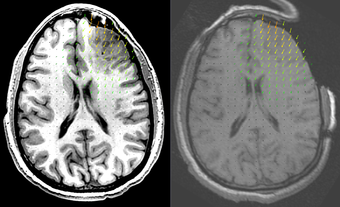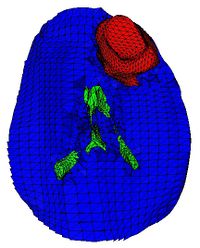Difference between revisions of "Documentation/Nightly/Extensions/ScatteredTransform"
Grandwork2 (talk | contribs) |
Grandwork2 (talk | contribs) |
||
| Line 42: | Line 42: | ||
|[[Image:ScatteredTransform_panelAdvanced.png|thumb|560px|Advanced parameters]] | |[[Image:ScatteredTransform_panelAdvanced.png|thumb|560px|Advanced parameters]] | ||
|} | |} | ||
| − | + | <UL> | |
| + | <LI>Initial landmarks: </LI> | ||
| + | </UL> | ||
<!-- ---------------------------- --> | <!-- ---------------------------- --> | ||
{{documentation/{{documentation/version}}/module-section|References}} | {{documentation/{{documentation/version}}/module-section|References}} | ||
Revision as of 05:15, 3 March 2017
Home < Documentation < Nightly < Extensions < ScatteredTransform
|
For the latest Slicer documentation, visit the read-the-docs. |
Introduction and Acknowledgements
|
Extension: ScatteredTransform |
Module Description
Creates a BSpline transform from a displacement field defined at scattered points by using the Multi-level BSpline interpolation algorithm.
Use Cases
1. Create a B-Spline transform based on two sets of fiducials.
2. Create a B-Spline transform based on two sets of points read from files. These files can contain the initial and deform configurations for a biomechanics-based FEM or mesh-free registration. The resulting B-Spline transform can be used to warp 3D images, a process which is very time consuming if spatial interpolation is performed using the mesh [1].
Panels and their use
- Initial landmarks:
References
1. Joldes GR, Wittek A, Warfield SK, Miller K (2012) "Performing Brain Image Warping Using the Deformation Field Predicted by a Biomechanical Model." In: Nielsen PMF, Miller K, Wittek A, editors. Computational Biomechanics for Medicine: Deformation and Flow: Springer New York. pp. 89-96.



